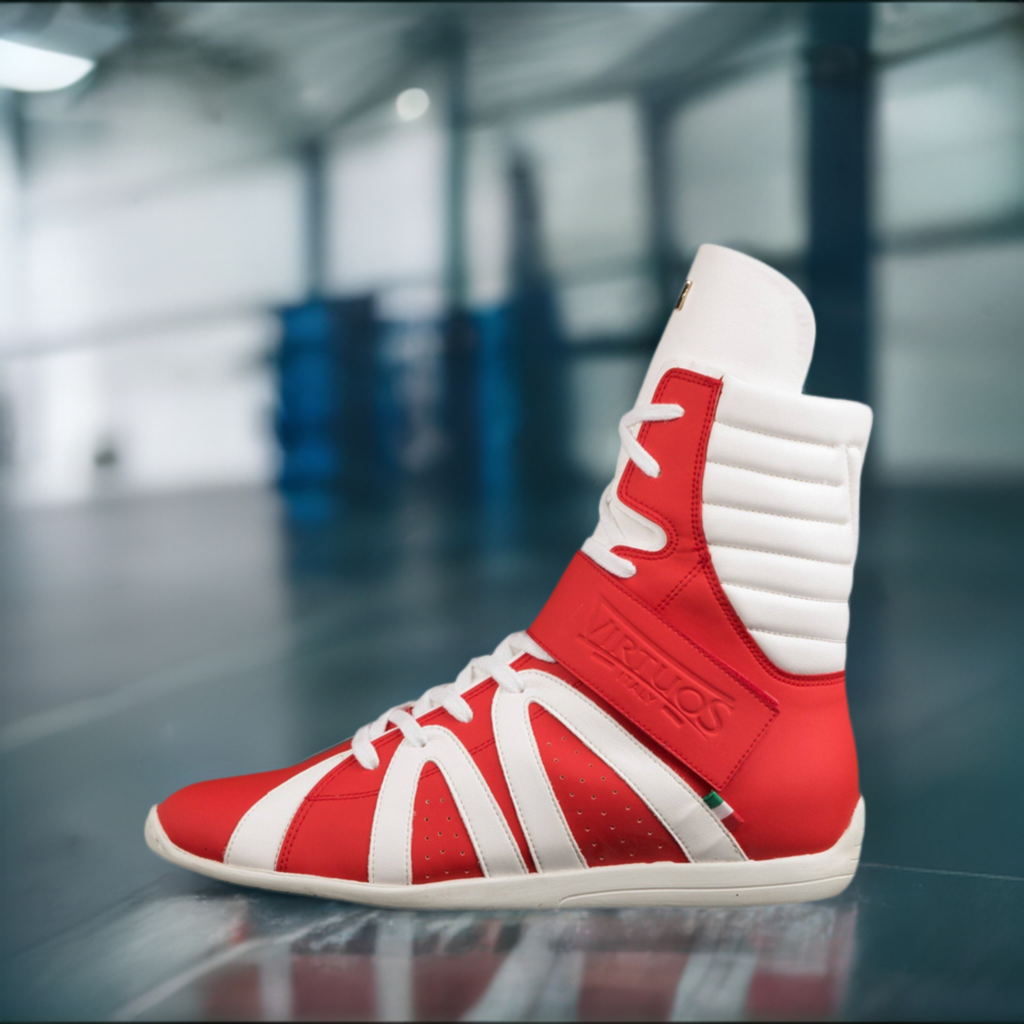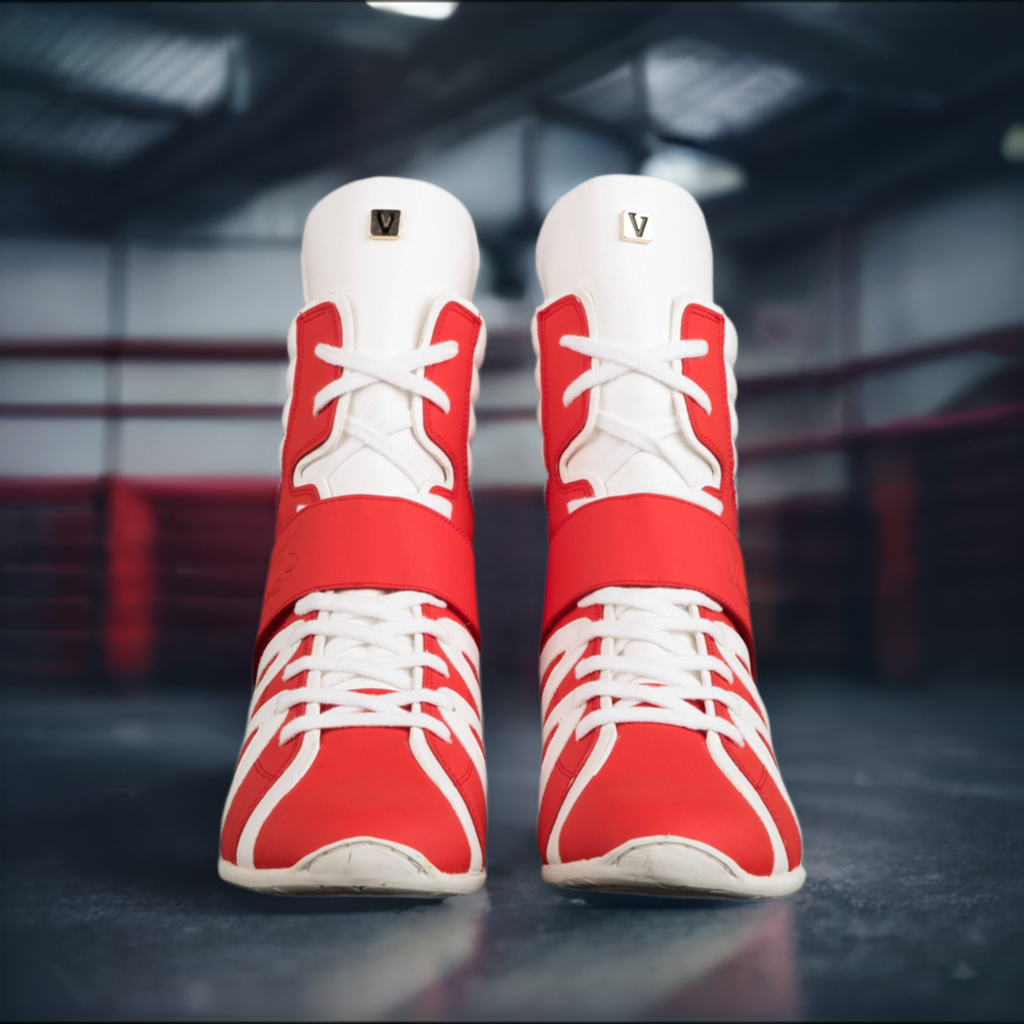Post-training recovery
Post-training recovery is a crucial aspect of a boxer's overall training regimen. Effective recovery strategies help reduce muscle soreness, enhance performance, and prevent overtraining. Here are key elements of post-training recovery in boxing:
-
Cool Down:
- After a training session, include a cool-down phase to gradually bring the heart rate down and allow the body to transition from high-intensity activity to a state of rest. This can include light aerobic exercise, stretching, and controlled breathing.
-
Hydration:
- Rehydrate immediately after training to replace fluids lost through sweating. Proper hydration supports recovery, helps regulate body temperature, and facilitates nutrient transport to cells. Water is a primary choice, and adding electrolytes may be beneficial for longer or more intense sessions.
-
Nutrient Timing:
- Consume a balanced meal or snack containing carbohydrates and protein within 30-60 minutes post-training. This nutrient timing is crucial for replenishing glycogen stores and initiating muscle repair and growth. Include sources of lean protein and complex carbohydrates.
-
Protein Intake:
- Protein is essential for muscle repair and growth. Include protein-rich foods in your post-training nutrition, such as lean meats, poultry, fish, dairy, eggs, or plant-based sources like beans and tofu. Protein supplements, such as shakes, can also be convenient.
-
Stretching and Flexibility:
- Engage in static stretching to improve flexibility and reduce muscle tightness. Focus on major muscle groups used during the training session. Stretching helps maintain range of motion and prevents stiffness.
-
Foam Rolling and Self-Myofascial Release:
- Use a foam roller or massage stick to perform self-myofascial release. This can help alleviate muscle knots, improve blood flow, and reduce muscle tightness. Pay attention to areas that may be prone to tension, such as the calves, quadriceps, and upper back.
-
Ice Baths or Contrast Baths:
- Some athletes find relief through ice baths or contrast baths (alternating between hot and cold water). These methods may help reduce muscle inflammation and accelerate recovery. However, individual preferences vary, and these approaches should be used with caution.
-
Sleep:
- Prioritize quality sleep as a crucial component of recovery. Aim for 7-9 hours of uninterrupted sleep per night. During sleep, the body releases growth hormone, which is essential for muscle repair and overall recovery.
-
Active Recovery:
- Engage in light aerobic activities on rest days or post-training. Low-intensity exercises like walking, cycling, or swimming can enhance blood circulation, promoting nutrient delivery to muscles and aiding in recovery.
-
Compression Garments:
- Consider using compression garments, such as compression sleeves or socks, to enhance blood circulation and reduce muscle swelling. Some athletes find these garments helpful in reducing muscle soreness.
-
Mindfulness and Relaxation Techniques:
- Incorporate mindfulness and relaxation techniques, such as deep breathing, meditation, or yoga, to manage stress and promote mental recovery. Mental well-being is an integral part of overall recovery.
-
Consultation with a Professional:
- Seek advice from a sports nutritionist, physical therapist, or healthcare professional for personalized recommendations based on your specific needs, training intensity, and overall health.
Customize your post-training recovery routine based on your individual preferences and needs. Experiment with different strategies and observe how your body responds to determine the most effective recovery methods for you.
- virtuos boxing boxing shoes and duffle bags
- low top boxing shoes torino
- low top boxing shoes vesuvio
- high top boxing shoes torino
- high top boxing shoes torino leather
- high top boxing shoes serie
- boxing gyms duffle bags
- leather boxing gym duffle bags
- boxing shoes italian design search
- low top boxing virtuos boxing shoes search
- high top boxing shoes search
- boxng gear original search
- duffle bags



